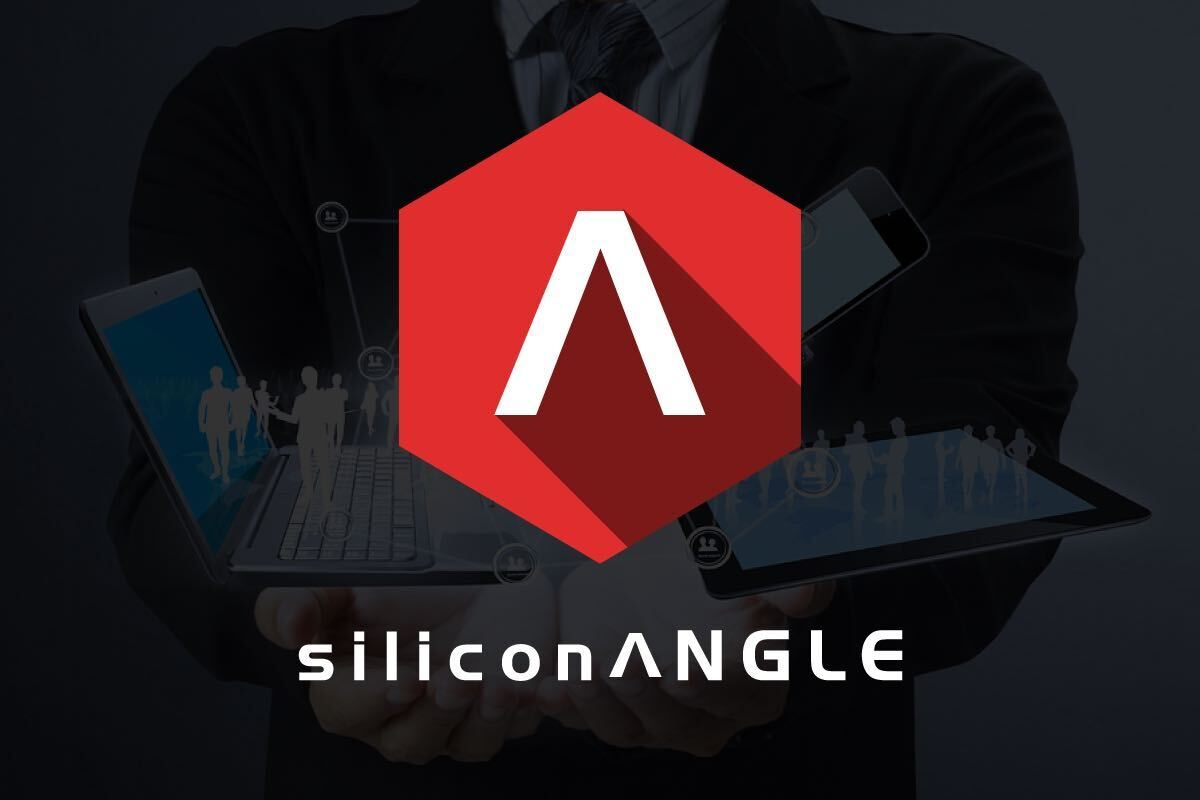


![]()
At its recent Adaptive Flash Launch, Nimble Storage, a leading flash and cloud storage company, announced adaptive flash. Adaptive flash allows for companies to adapt their flash storage solution to best fit what they need in terms of data storage.
In conjunction with the announcement of the adaptive flash platform, Nimble has also developed a deep data approach to customer support, called InfoSight, to help identify problems and offer solution in real time. Stu Miniman and David Floyer of theCUBE sat down at the end of the Nimble Adaptive Flash Launch to wrap-up what Nimble is trying to accomplish.
Nimble has focused in on areas where it can actually make a difference, including reasonable performance of a variety of workloads. According to Floyer, while Nimble is not trying to take on the whole world, it still has that goal in mind.
For the most part, though, Nimble has decided to focus on innovative technology in the areas of data backup and recovery. Its work with InfoSight has offered a new approach to developing support for cloud-based support.
When asked where he thought Nimble fit in with the current data storage sector, Floyer responded, “There’s a cost, there is performance in terms of bandwidth, IOS, and there is latency. Those are the three factors in storage. You can’t do all three … It is very difficult to do all three. What they do well is the cost. What they do well is the IO performance etcetera.”
Floyer continued to explain the ever-present latency issues: “By having a disk at the back end, you’re always going to have some latency, a longer latency. So the very, very low latency sensitive applications, such as very large data base, very IO intensive databases, ones with lots of locking, those are things that are still going to be on the all-flash arrays. But they can take a good 80 percent of the middle of the market. At the low end, of course, there’s varied cost … Sometimes you just need the lowest possible cost.”
See the analysts’ entire discussion below:
Support our mission to keep content open and free by engaging with theCUBE community. Join theCUBE’s Alumni Trust Network, where technology leaders connect, share intelligence and create opportunities.
Founded by tech visionaries John Furrier and Dave Vellante, SiliconANGLE Media has built a dynamic ecosystem of industry-leading digital media brands that reach 15+ million elite tech professionals. Our new proprietary theCUBE AI Video Cloud is breaking ground in audience interaction, leveraging theCUBEai.com neural network to help technology companies make data-driven decisions and stay at the forefront of industry conversations.